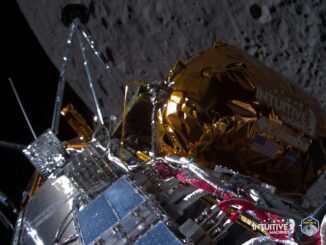
News

News

News

News

News
Legendary star lacks evidence for large planet formation
In the 1997 movie “Contact,” adapted from Carl Sagan’s 1985 novel, the lead character, scientist Ellie Arroway, takes a space-alien-built wormhole ride to the star Vega. She emerges inside a snowstorm of debris encircling the star – but no obvious planets are visible. It looks like the filmmakers got it right.

News

News

News

News
NASA’s Voyager 1 probe calls home after five months
For the first time in five months, NASA’s Voyager 1 spacecraft is returning usable data about the health and status of its onboard engineering systems. The next step is to enable the spacecraft to begin returning science data again. The probe and its twin, Voyager 2, are the only spacecraft to depart the Solar System and fly in interstellar space.

News

News
